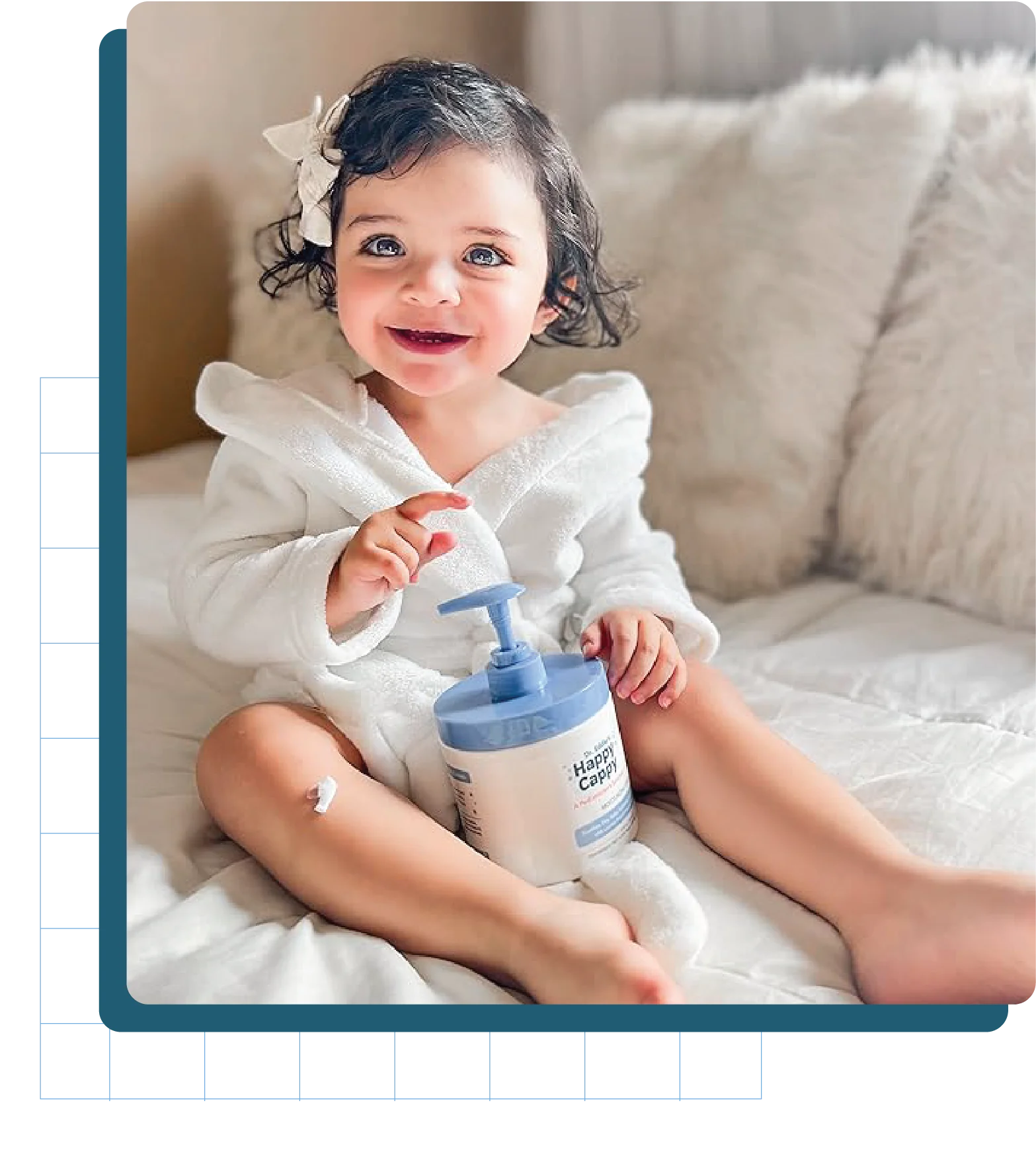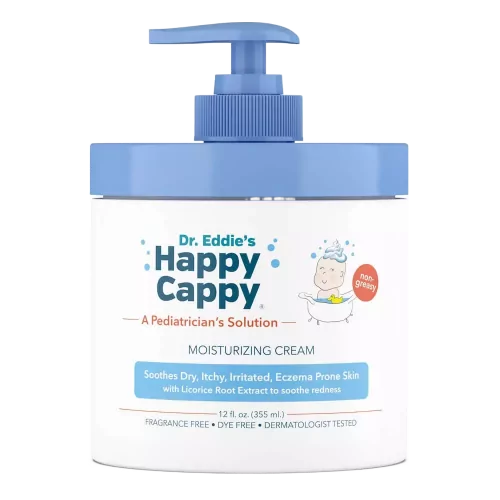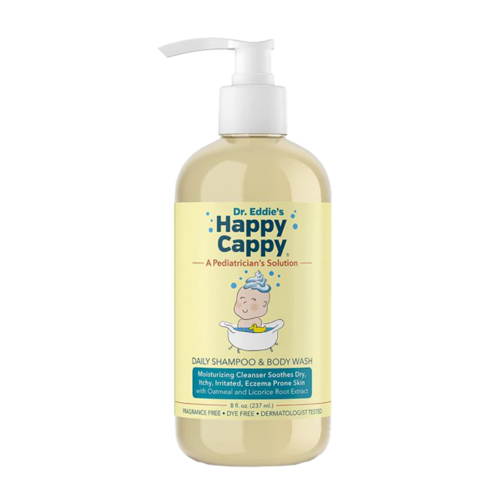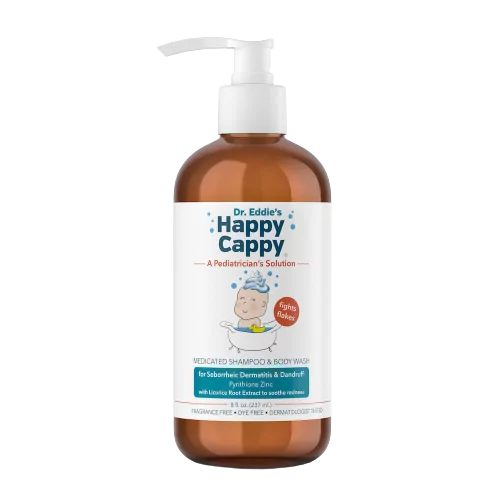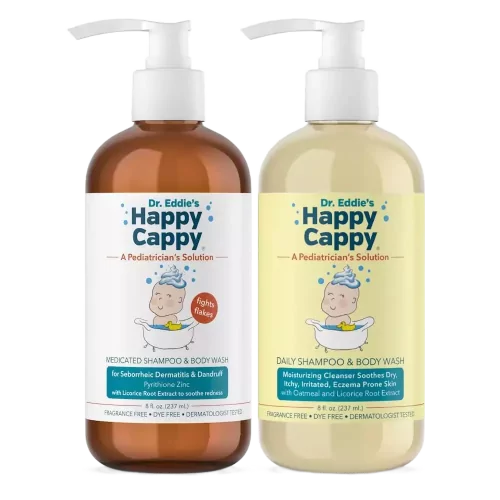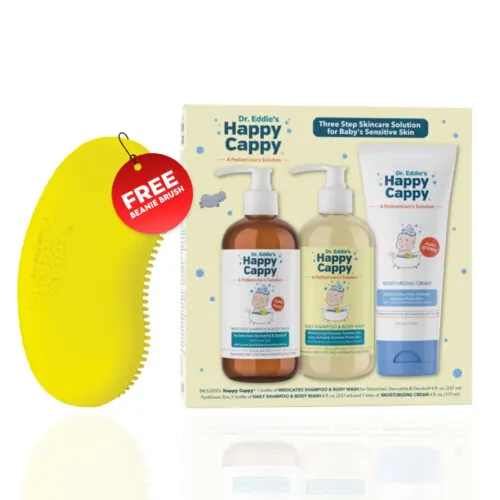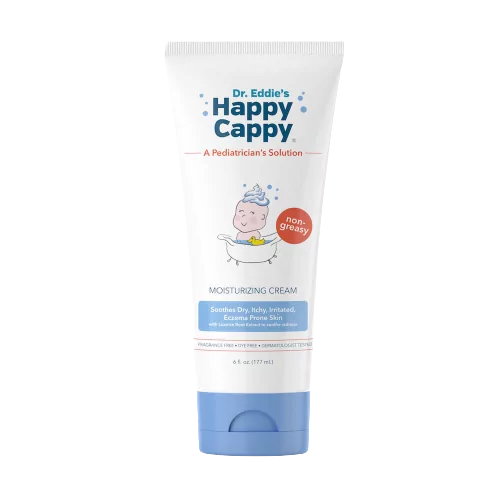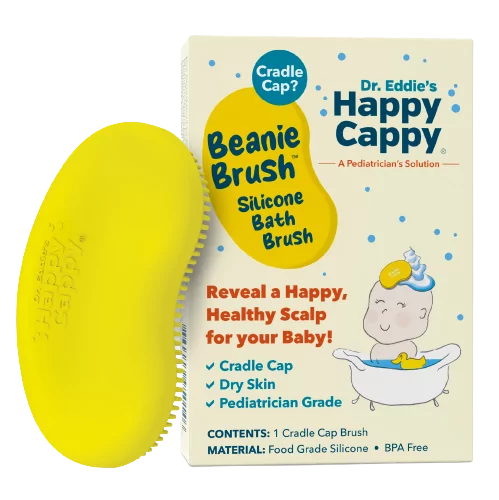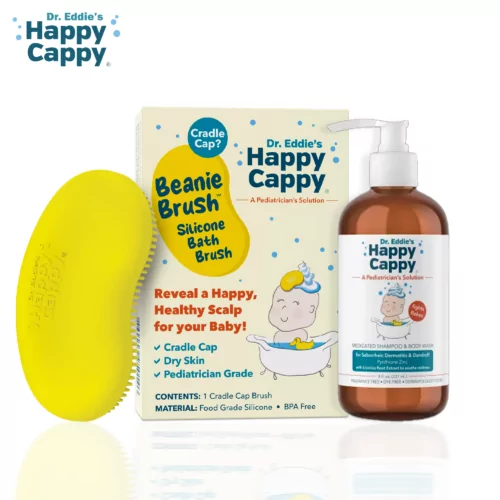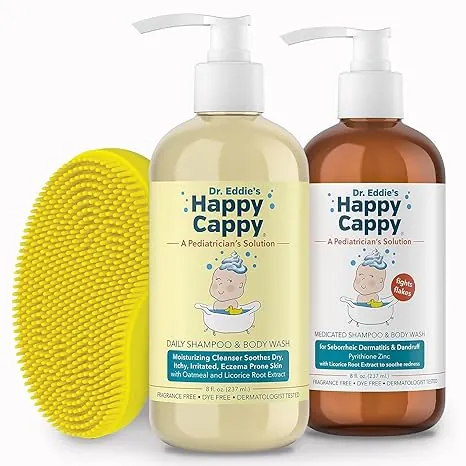No products in the cart.
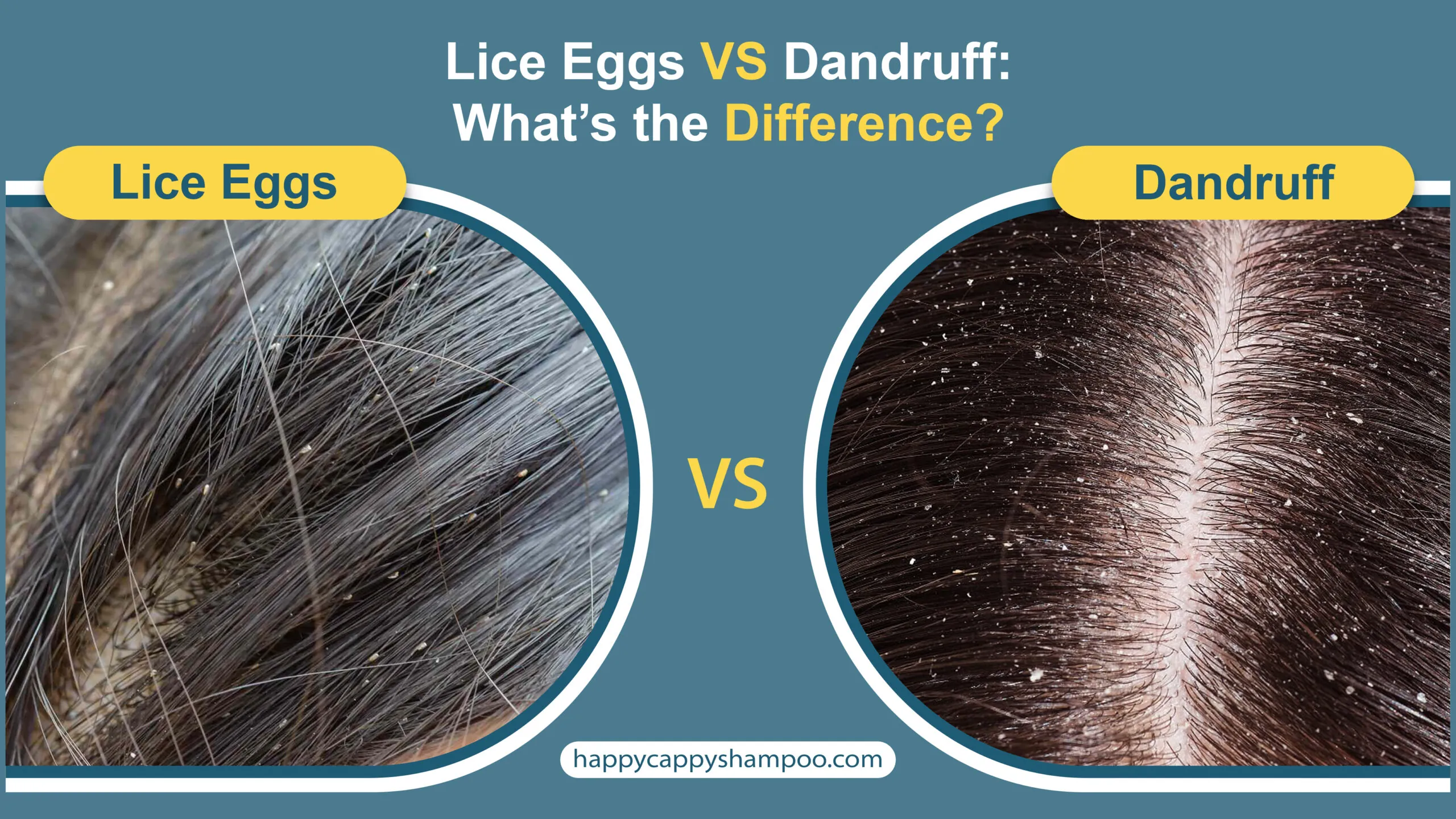
No matter the reason, having an itchy scalp can be a pretty miserable experience. There are a few different reasons why this might be happening, two of which are lice eggs (nits) or dandruff.
Though both may sound intimidating, luckily, both are pretty easy and affordable to treat at home. However, both look quite similar; sometimes, telling them apart can be difficult. In this blog, you’ll learn
- The difference between lice eggs vs. dandruff
- What each condition looks like.
- The most effective ways to treat the conditions.
Understanding Dandruff and Lice Eggs
The best way to tell the difference between dandruff vs lice eggs is first to understand the conditions, their symptoms, and causes..
What is Lice?
Head lice, also known as Pediculus capitis, are insects or parasites that live and lay eggs on your scalp. They feed on your blood (which is how they can stay alive on your scalp for a while).
It is one of the most common scalp conditions worldwide. According to the CDC,
- Around 6 to 12 million people are affected by it in the United States annually.
- And it is more common in children between the ages of 3 and 11 years.
The worst part about them is that they are contagious. Meaning you can pass them to another person through direct or head-to-head contact.
Lice can also spread by sharing hair tools like brushes and combs, clothes, furniture, or bedding.
Life Cycle of Lice
These annoying crawlers can exist in three forms on your scalp:
- Lice nits/eggs: The nits are laid near the base of hair shafts by female lice.
- Young adults/nymphs: after 8 to 9 days, these eggs hatch and appear as tiny lice.
- Adult lice: After a week or two of feeding on your blood, these nymphs turn into adult lice and start laying eggs.
What is Dandruff?
Dandruff, on the other hand, is a common chronic skin condition that causes tiny white or yellow flakes on the scalp that may fall on your shoulders and clothes. It is a less severe form of a scalp issue known as seborrheic dermatitis or cradle cap in babies.
It usually appears on the scalp but can also be seen on the eyebrows and beard. According to research, more than 50 million Americans experience dandruff.
The dandruff flakes that you see are actually the dead skin cells on the scalp. When, for any reason, their lifecycle is disrupted, they start to shed quickly. This can cause them to accumulate and take the form of flakes. The good news is that dandruff isn’t contagious and can easily be treated at home.
Symptoms of Lice vs Dandruff
Head Lice Symptoms
Some of the common symptoms of lice in your hair are:
- Itchy scalp
- Red bite marks
- Lice eggs are attached to hair like water drops
- Small black spots on the scalp
- One of the first and most prominent symptoms that you will experience if you have lice is itching.
- Itching can be very intense, making it hard for you to resist the scratch, and it can also give you the feeling of something crawling on the scalp.
Dandruff Symptoms
Along with those iconic flakes, there are other symptoms of dandruff that you may notice are:
- Itchy skin
- Flaky skin
- Oily skin or dry skin
- Small yellow or white flakes
- Redness
The itching associated with dandruff is a little less severe than head lice. However, you may notice that the itching gets worse when your dandruff flares up and soothes when it gets better.
Causes of Dandruff Vs Lice Eggs?
What Causes Dandruff?
Dandruff is believed to be caused by a combination of factors
- Sebaceous glands on our scalp are responsible for producing sebum to keep it moist; however, sometimes they start producing excess sebum.
- The presence of excess sebum can trigger the production of a fungus naturally living on our skin and scalp, known as the Malassezia yeast, because it feeds and thrives on sebum.
- When the yeast consumes the sebum, it leaves behind a byproduct known as oleic acid. This acid can disrupt the scalp’s microbiome and cause the dead skin cells to shed at a much faster rate. These cells, when combined with sebum they take the form of dandruff flakes; this is known as oily dandruff.
- But sometimes when your scalp loses moisture very easily due to any reason, such as extreme weather or eczema, the skin becomes dry and, as a result, starts to flake off. This is also known as dry dandruff, but scientifically, oily dandruff is considered the real one.
What Causes Lice?
While dandruff is caused by things happening inside and outside your body, Lice eggs are caused by
- The infestation of head lice, those tiny blood-sucking insects.
- It is contagious and is usually transferred from one person to another.
- It can also be transmitted by sharing a comb, brush, towel, or pillow with someone who is already experiencing it.
- Even though it can not jump or fly, a slight wind can easily blow it into your hair like Spiderman.
What Do Lice Eggs Look Like Vs Dandruff?
If you’ve ever wondered, “Can Dandruff Look Like Lice Eggs?” the answer is yes. At first glance, they might look quite similar, but in reality, they are very different. Here is what they look like:
- Lice eggs look like tiny yellow, white, or translucent eggs shaped like a teardrop. They stick firmly to the hair shaft and do not flake off easily.
- Dandruff usually looks more like thin flakes of flat skin. Dandruff under the microscope looks like shredded coconut, and it easily falls off from the scalp.
Pictures of Lice Eggs vs Dandruff
These pictures will help you understand “What does lice look like in hair vs dandruff.”
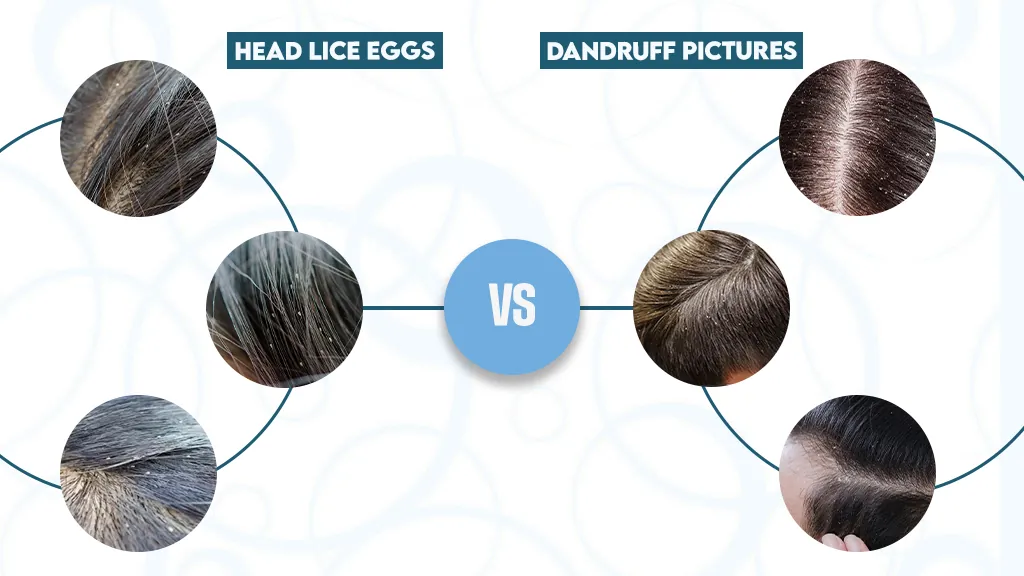
How to Tell Difference Between Lice Eggs and Dandruff?
This table provides you with all the differences between lice eggs and dandruff flakes at a glance to help you distinguish the conditions.
| Lice Eggs | Dandruff | |
| Itching | Intense itching with a feeling of crawling or tickling. | It usually causes mild itching, which can get worse when the scalp becomes dry. |
| Location | These usually stick to hair shafts close to the scalp. | These usually stick to the scalp and less on the hair |
| Color | White, yellow, golden, or a little translucent. | White or yellow flakes |
| Appearance | They look like tiny teardrops | They are of irregular shape and look like shredded coconut |
| Size | Smaller in size, all eggs are of the same size | Larger than nits, and the flakes may vary in size from one another |
| Causes | Infestation and when female lice lay eggs | Excess sebum, overproduction of Malassezia yeast, and skin sensitivity towards oleic acid |
| Contagious | Yes | No |
| Flake off | It usually sticks to the hair and does not flake off easily | It easily flakes off |
How to Get Rid of Dandruff vs Lice Eggs?
Even though both lice and dandruff may feel miserable and uncomfortable at the moment, they’re both relatively easy to treat.
Head Lice Treatment
If you are wondering how to get rid of lice eggs in hair, here is your answer. Lice and lice nits can be treated with the help of
- Use a medicated anti-lice shampoo as instructed on the packaging or as prescribed by the doctor.
- For lice eggs specifically, you also want to make sure you comb out any of the nits or eggs with a special metal nit comb, starting about one-quarter inch away from the scalp.
- Since lice nits can also live on non-human surfaces, you also want to make sure you thoroughly clean any hair tools like brushes, as well as any soft surfaces you may have touched with your head while you had lice.
- Avoid using conditioner while you are using a medicated lice shampoo or until the lice and nits are completely gone.
- Avoid sharing personal items like combs, brushes, towels, hats, clothing, and pillows.
- Avoid any activity that involves close head contact.
Dandruff Treatment
- The best way to get rid of dandruff is to use an anti-dandruff shampoo to wash your scalp. Various over-the-counter dandruff shampoos are available to treat flaking, itching, and irritation. However, some of the common ingredients that you should look for in your shampoo are:
- Pyrithione zinc
- Coal tar
- Selenium sulfide
- Salicylic acid
- Ketoconazole
- Use the medicated shampoo for dandruff at least two to three times a week during a flare-up. On other days, you can use a mild Daily Shampoo to clean your scalp.
- You can also use a cradle cap brush to remove the loose scales from the scalp while shampooing gently.
For both lice eggs vs. dandruff, if the over-the-counter options don’t seem to be working, see your healthcare provider. They can prescribe you the best and most effective treatment plan according to your condition.
Do Kids with Lice Have to Skip School?
According to the CDC, if your child has lice, they don’t actually need to be sent home early from school. They can go home as usual at the end of the day and begin one of the treatments mentioned above. It’s also worth noting that personal hygiene or cleanliness at home has nothing to do with lice—sometimes, these things just happen!
In fact, both the American Academy of Pediatrics and the National Association of School Nurses have advocated that schools get rid of policies that require students to be sent home with nits—largely because sending students home puts an unnecessary burden on students and families, and the risk of spreading nits is actually not that high.
Most nits are usually more than a quarter inch away from the scalp, meaning that they’re usually not viable or likely to hatch into live lice. Sometimes, these nits are even empty shells—but it’s often hard for nonmedical personnel to tell the difference.
So, if your child’s school calls to tell you they’ve found nits on your child’s scalp, you don’t have to panic. They’re not likely to be passed on to any other children, and they can be easily treated at home using the methods mentioned above.
Happy Cappy’s Solution for Dandruff
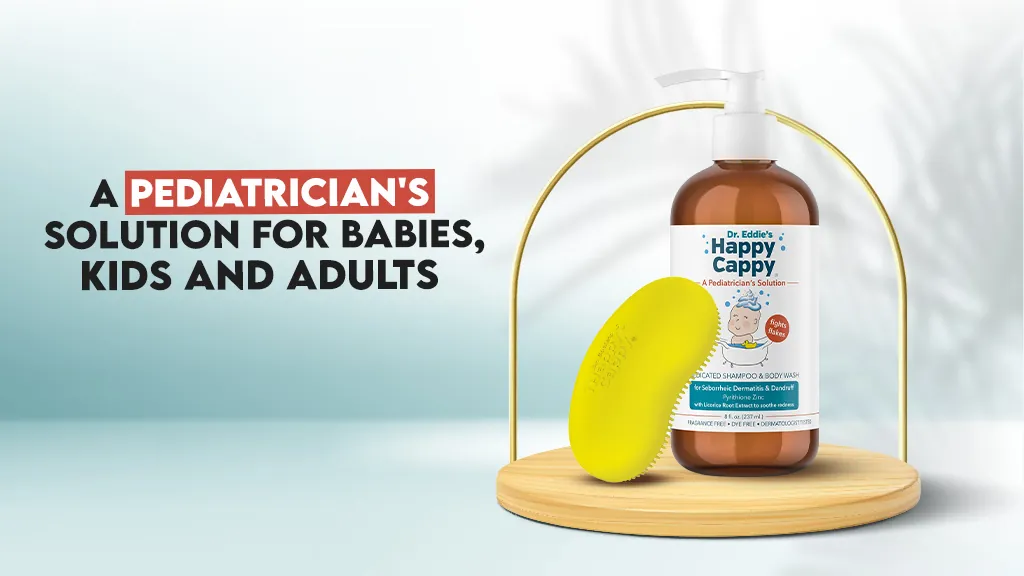
Looking for shampoo to get rid of the itchy scalp and dandruff flakes? Try Happy Cappy Anti-Dandruff Shampoo and Body Wash, a gentle option developed by an expert pediatrician, Dr. Eddie. It is
- Fragrance-free
- Paraben-free
- Sulfate-free
- Phthalate-free
- Dye-free
It contains 0.95% FDA-approved Zinc Pyrithione as an active ingredient. According to research, it is considered helpful in controlling the production of Malassezia yeast on the scalp and eliminating the flaking, irritation, and itching associated with dandruff and seborrheic dermatitis.
It is also infused with ingredients like licorice root extract, and provitamin B5, to help hydrate your scalp and keep your hair soft and smooth. Use it 2 to 3 times a week or as advised by the doctor to get the best results.
Key Takeaways
- Lice eggs and dandruff are both common scalp issues.
- Lice are insects that infest your scalp and grow by using your blood as food. Dandruff is caused by factors like excess sebum, Malassezia yeast, and a reaction to oleic acid
- Both conditions can cause itching and irritation, and may look similar, but are quite different.
- Lice eggs are of teardrop shape and located near the hair shafts. In comparison, dandruff looks like snowflakes and sticks to the scalp.
- Dandruff flakes can easily fall off, but lice eggs will not.
A dandruff shampoo can help you get rid of dandruff. A medicated shampoo for lice, along with regular combing, is used to get rid of lice eggs.
FAQs
Latest posts by Dr. Eddie Valenzuela (see all)
- WhatToExpect Mentioned Happy Cappy Shampoo as the Best Medicated Shampoo For Cradle Cap - September 29, 2025
- Parents.com Mentioned Happy Cappy Shampoo in the List of 10 Best Shampoos for Babies and Kids of All Hair Types - September 29, 2025
- Chain Drug Review Covers Happy Cappy’s CVS Launch Nationwide - August 27, 2025
Does dandruff look like lice eggs
Lice eggs and dandruff flakes look quite similar as they are both tiny and usually yellow or white in color. However, if you look closely, you may notice that eggs look like white teardrops and are firmly adherent to the hair shaft, and dandruff is like flat circular flakes of skin.
How to tell the difference between dandruff and nits on a comb?
When you comb your hair, the dandruff flakes will easily come off, and you can easily see them on the comb. However, lice eggs tend to stick to the hair and are difficult to comb out. These can only be combed out with a special nit comb.
Can you pull lice eggs out with your fingers?
Yes, you can pull them off your scalp with your fingers, but if you are doing this to get rid of them, the easier and more convenient way is to use a metal nit comb.
Do lice flake off like dandruff?
Unlike dandruff, lice usually stick to your hair strands, especially the lice eggs, which are often confused for dandruff flakes. These eggs or nits stick strongly to the hair shafts, making it hard to remove them.
Will dead nits fall out eventually?
Dead nits or eggs can stick to your hair for months and do not fall off. You can only get rid of them by removing them.
Will a lice comb remove dandruff?
Yes, dandruff flakes can easily flake off from the scalp. So when you comb your hair with a lice comb, you may notice dandruff flakes coming off. However, if you want to remove dandruff flakes, it is best to use a cradle cap brush instead because it is easier to use and suitable for sensitive skin.
How to prevent lice eggs from hatching?
Comb the scalp regularly and use a medicated anti-lice shampoo to prevent lice eggs from hatching.
